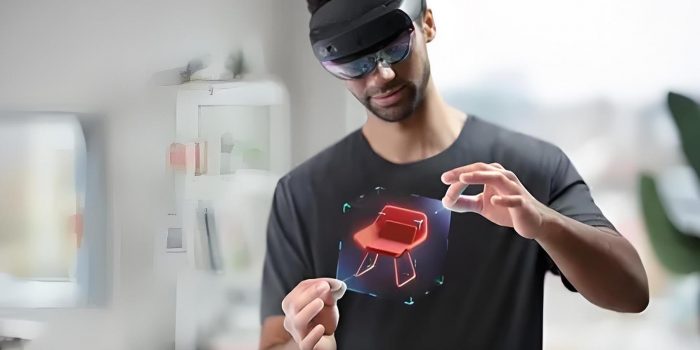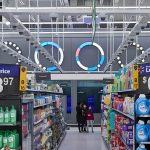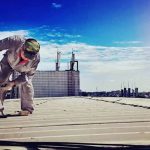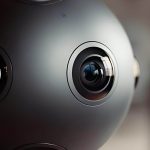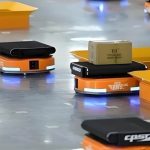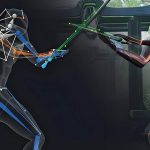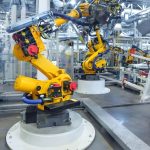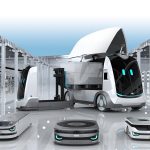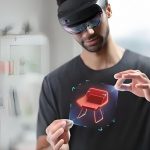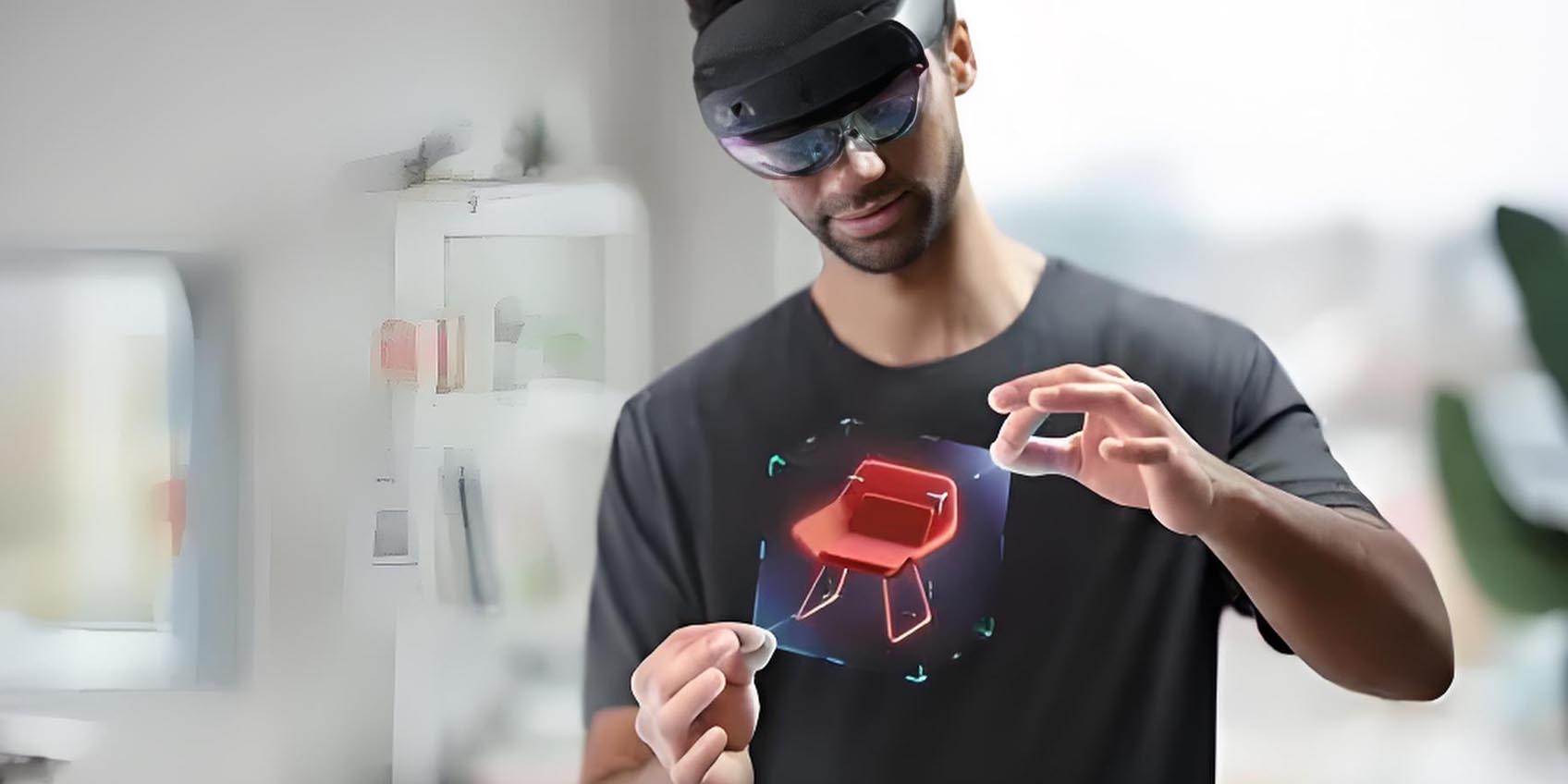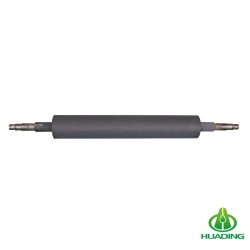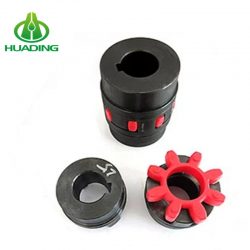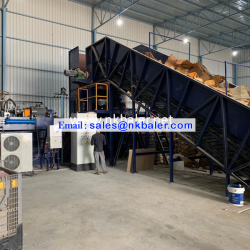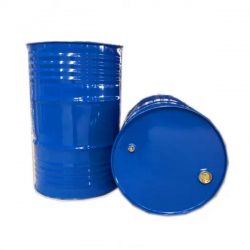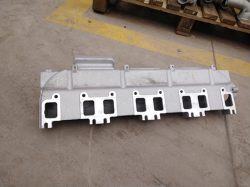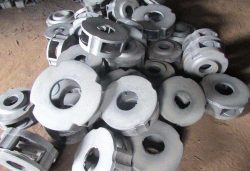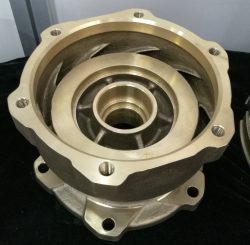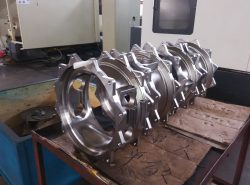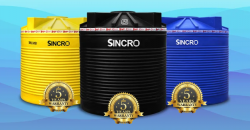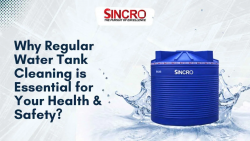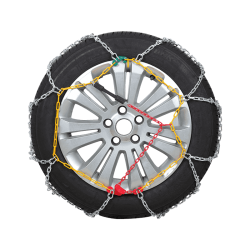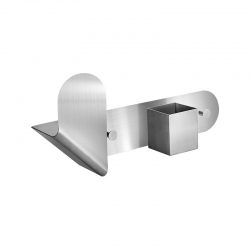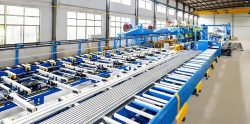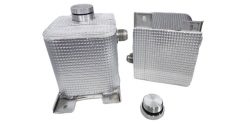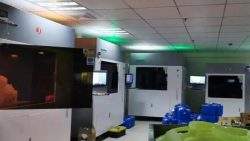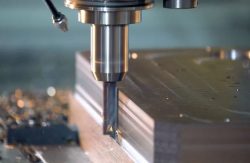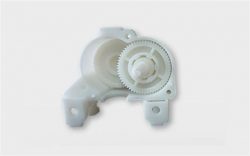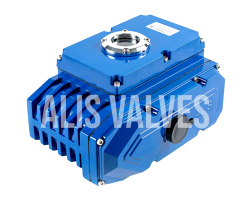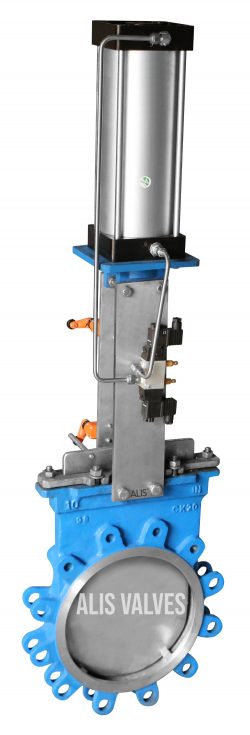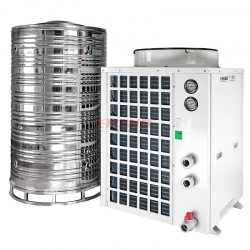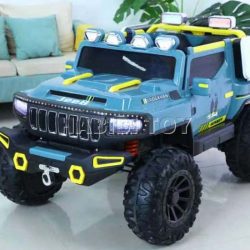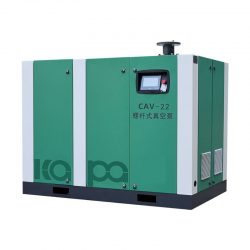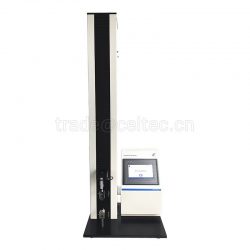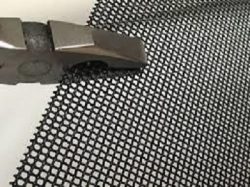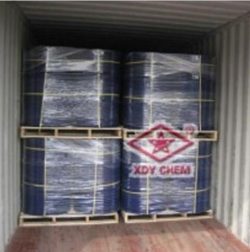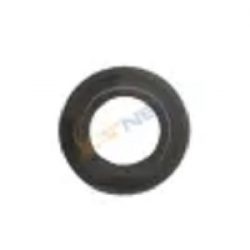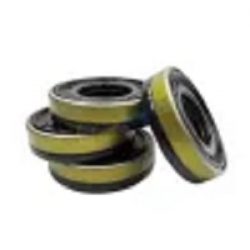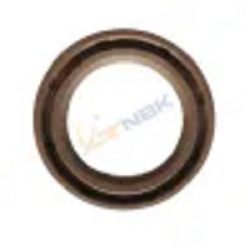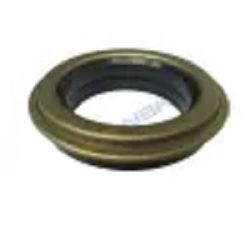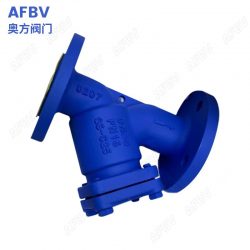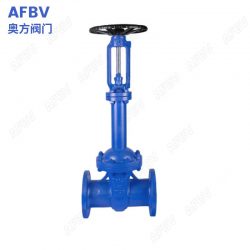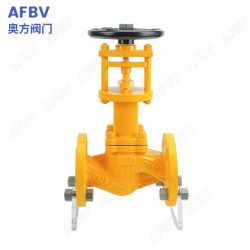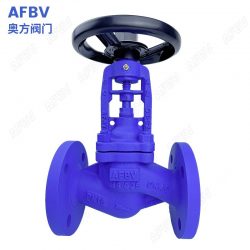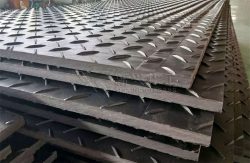Is ToF the same as LiDAR? Advantages in 3D Imaging
Time-of-Flight (ToF) and LiDAR (Light Detection and Ranging) are often mentioned when discussing 3D imaging technologies. Despite both having applications in depth sensing and spatial mapping, they operate on different principles and have distinct application scenarios.
Understanding Time-of-Flight (ToF):
ToF cameras calculate distance by measuring the time it takes for light to propagate to an object and return. This method provides precise depth information and is commonly used in applications requiring real-time data acquisition, such as robotics, augmented reality (AR), and gesture recognition systems.
Exploring LiDAR Technology:
LiDAR uses laser pulses to measure distances by calculating the time it takes for the reflected light to return to the sensor. This technology excels in creating precise 3D maps of environments and is widely applied in areas like autonomous vehicles, terrain mapping, and urban planning due to its high resolution and long-range measurement capabilities.
Key Differences:
- Operating Principle: ToF cameras directly measure the propagation time of light, whereas LiDAR measures the reflection time of laser pulses.
- Application Scenarios: ToF cameras are suitable for dynamic environments requiring fast data acquisition, while LiDAR is more applicable in complex terrains for high-precision mapping and navigation needs.
Unique Advantages of Time-of-Flight (ToF) Technology:
ToF technology stands out due to its unique operational principles and performance characteristics:
- Real-time Performance and High Precision: ToF cameras can instantly capture and process depth information with millimeter-level accuracy. This real-time capability is valuable in industrial automation for robot navigation and human-machine interaction.
- Low Power Consumption and Compact Size: Compared to traditional LiDAR systems, ToF systems typically have smaller dimensions and lower power consumption. This makes them suitable for embedded systems and mobile devices such as smartphones and portable consumer electronics.
- Strong Environmental Adaptability: ToF technology operates stably across various lighting conditions without relying on ambient light intensity. This robustness enables effective performance in complex indoor and outdoor environments, unaffected by lighting changes.
- Cost-effectiveness: Due to simpler measurement principles and lower-cost hardware components, ToF technology is generally more cost-effective than traditional LiDAR systems, suitable for large-scale deployments and consumer market applications.
Expansion in Application Areas:
ToF technology’s advantages in compact size and real-time performance, enabled by its time-of-flight camera sensor, have led to its widespread use in facial recognition for smartphones, virtual reality devices, game controllers, and precise measurements in industrial automation and robot navigation. With ongoing technological advancements and expanding application scenarios, ToF technology will continue to leverage its unique strengths, driving the development and application of 3D imaging technologies.
Synexens 3D Of RGBD ToF Depth Sensor_CS30
https://www.tofsensors.com/collections/time-of-flight-sensor/products/rgbd-3d-camera
